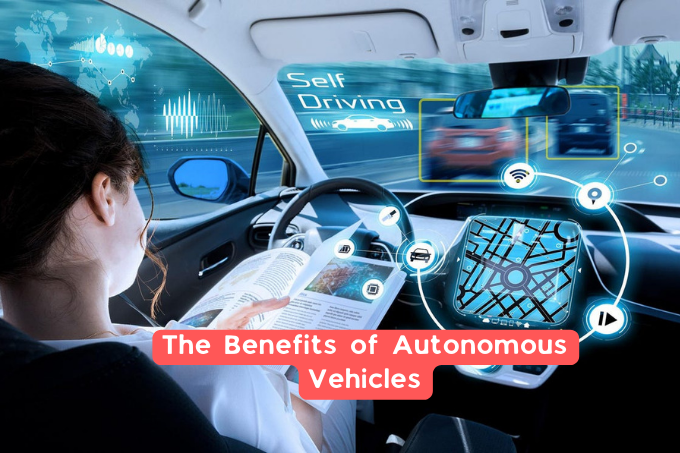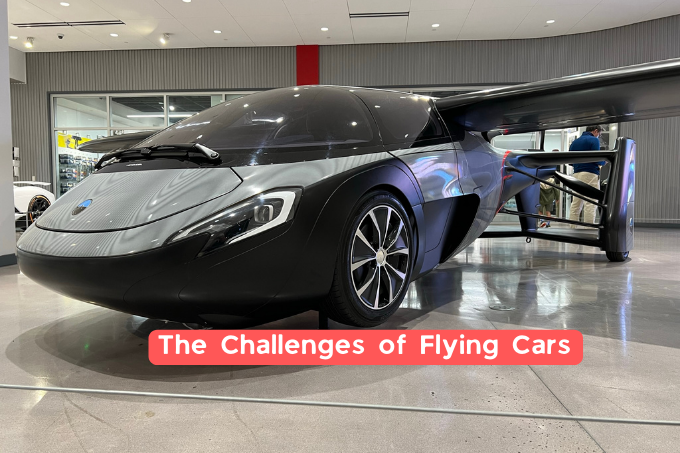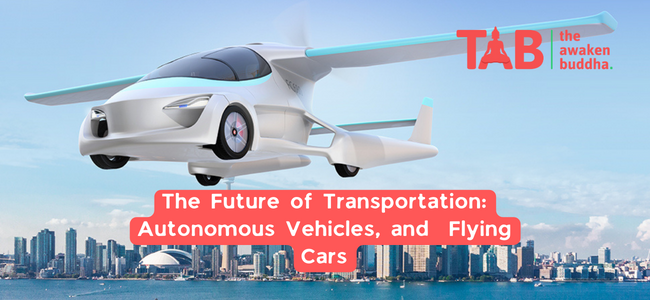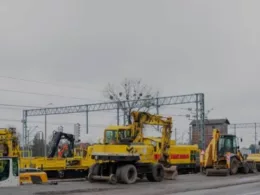The world of transportation is rapidly evolving, and autonomous vehicles and flying cars are at the forefront of this revolution. These technologies are transforming how people and goods are moved from one place to another, and they hold enormous promise for improving safety, reducing congestion, and increasing efficiency. In this article, we will investigate the future of transportation and the impact that autonomous vehicles and flying cars will have on our daily lives.
Introduction
The introduction of autonomous vehicles and flying cars represents a substantial shift in how we think about transportation. Cars and planes have been the primary modes of transportation for decades, but with the development of self-driving cars and electric airplanes, the transportation landscape is changing rapidly. These technologies offer the potential to revolutionize how people and goods are moved from one place to another, and they can significantly reduce the environmental impact of transportation.
The Rise of Autonomous Vehicles
Autonomous vehicles, or self-driving cars, are becoming increasingly prevalent on our roads. These vehicles use sensors, cameras, and artificial intelligence to navigate roads and traffic without human intervention. The development of autonomous vehicles has been driven by a desire to improve safety and reduce traffic congestion.
The Benefits of Autonomous Vehicles

Autonomous vehicles have the potential to offer numerous benefits, including:
- Increased safety: Self-driving cars are expected to significantly decrease the number of accidents caused by human error.
- Reduced traffic congestion: Autonomous vehicles have the potential to enhance traffic flow and reduce congestion on our roads.
- improved accessibility: Self-driving cars could provide mobility options to people who cannot drive due to disabilities or age.
- Reduced emissions: Autonomous vehicles have the potential to significantly reduce the environmental impact of transportation by reducing fuel consumption and emissions.
The Challenges of Autonomous Vehicles
Despite the many potential benefits of autonomous vehicles, numerous challenges must be addressed, including:
- Safety concerns: The safety of self-driving cars is a significant concern, and several high-profile accidents involving autonomous vehicles have occurred.
- Legal and regulatory challenges: The development and deployment of autonomous vehicles raise numerous legal and regulatory challenges, including liability issues and the need for new traffic laws.
- Technical challenges: The development of autonomous vehicles requires significant advancements in sensor technology, artificial intelligence, and cybersecurity.
- Economic concerns: The widespread adoption of autonomous vehicles could have significant economic implications, including job losses and changes in how goods and services are delivered.
The Promise of Flying Cars
While autonomous vehicles are transforming our roads, the development of flying cars is promising to revolutionize how we travel in the air. Electric airplanes and flying cars offer the potential to significantly reduce the environmental impact of air travel while also providing new mobility options for people and goods.
The Benefits of Flying Cars
Flying cars offer numerous benefits, including:
- Reduced travel time: Flying cars have the potential to significantly reduce travel time by enabling direct point-to-point travel without the need for airport infrastructure.
- Reduced environmental impact: Electric airplanes and flying cars have the potential to reduce emissions and noise pollution compared to traditional aircraft significantly.
- Increased mobility options: Flying cars could provide new mobility options for people and goods in areas with limited traditional transportation options.
The Challenges of Flying Cars

Despite the many potential benefits of flying cars, numerous challenges must be addressed, including:
- Safety concerns: The safety of flying cars is significant, and there is currently no regulatory framework to govern their development and deployment.
- Infrastructure challenges: The development of flying cars will require significant investments in infrastructure, including the construction of landing pads and charging stations.
- Technical challenges: The development of flying cars requires significant advancements in battery technology, propulsion systems, and air traffic management.
- Cost concerns: Flying cars is currently prohibitively expensive, and it may take some time before they become affordable for the average consumer.
The Integration of Autonomous Vehicles and Flying Cars
As autonomous vehicles and flying cars become more prevalent, there is a growing interest in integrating these technologies to create a seamless transportation system. The integration of these technologies could offer numerous benefits, including:
- Increased mobility: Integrating autonomous vehicles and flying cars could provide new mobility options for people and goods, enabling them to travel seamlessly from one location to another.
- Reduced congestion: Using flying cars could help reduce congestion on our roads, freeing up space for autonomous vehicles and reducing travel times.
- Improved safety: Integrating these technologies could significantly improve safety by decreasing the risk of accidents caused by human error.
However, numerous challenges must be addressed, including:
- Technical challenges: Integrating autonomous vehicles and flying cars requires significant advancements in sensor technology, artificial intelligence, and air traffic management.
- Infrastructure challenges: Integrating these technologies will require significant investments in infrastructure, including the construction of landing pads and charging stations.
- Legal and regulatory challenges: The integration of these technologies raises numerous legal and regulatory challenges, including liability issues and the need for new traffic laws.
Conclusion
The future of transportation is rapidly evolving, and autonomous vehicles and flying cars are at the forefront of this revolution. These technologies offer numerous benefits, including increased safety, reduced congestion, and improved environmental sustainability. However, numerous challenges must be addressed, including safety, legal, regulatory, technical, and cost concerns. As we continue to explore these technologies, it is essential to consider their potential benefits and risks.
FAQs
1. Are flying cars a reality today?
While flying cars are still developing, several prototypes have been created, and some are expected to hit the market in the coming years.
2. What is the main benefit of autonomous vehicles?
The main benefit of autonomous vehicles is increased safety on our roads, as they have the potential to reduce accidents caused by human error significantly.
3. Will the adoption of autonomous vehicles lead to job losses?
The widespread adoption of autonomous vehicles is expected to have significant economic implications, including job losses in specific transportation industry sectors.
4. How will the integration of autonomous vehicles and flying cars work?
Integrating these technologies will require significant advancements in sensor technology, artificial intelligence, and air traffic management.
5. Are there any regulatory frameworks in place for flying cars?
There are currently no regulatory frameworks to govern the development and deployment of flying cars, which is a significant concern for their safety and integration into existing transportation systems.










